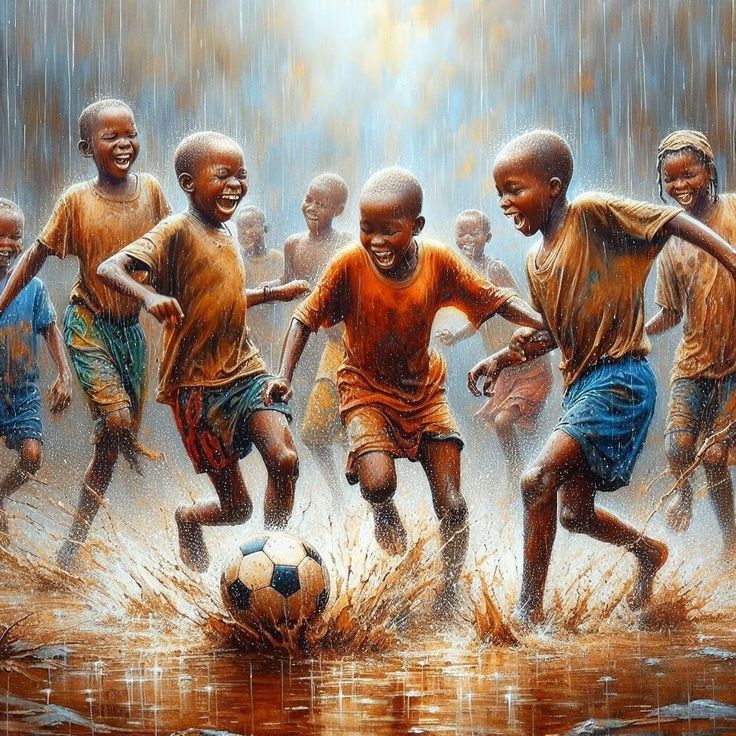
In recent months, a lively debate has emerged in Kenya about the possibility of introducing a national dress that reflects the country's rich cultural heritage. As part of efforts to promote local fashion and enhance national identity, the Kenyan government has proposed the creation of an official “Kenyan Dress,” sparking conversations across the country on what such a dress should look like and what it would represent.
Celebrating Kenya’s Diverse Culture
Kenya is a melting pot of cultures, with over 40 ethnic groups, each having its unique style of traditional clothing. From the vibrant Maasai shukas to the elegant Kikuyu lesos and the intricately beaded Turkana ornaments, Kenyan fashion has always been a reflection of the country’s diverse traditions. However, despite this diversity, Kenya lacks an official national attire, unlike some African countries that have widely recognized national dresses symbolizing their heritage.
The government’s proposal aims to create a unifying dress that not only showcases Kenya’s diverse cultural identity but also supports the growth of the local fashion industry. By establishing a national dress, the government hopes to promote Kenyan designers, boost the local textile industry, and encourage more Kenyans to embrace their cultural roots through fashion.
What Would a 'Kenyan Dress' Look Like?
Kenyan Vibe...
The big question on everyone's mind is: what exactly should this national dress look like? Designers, cultural experts, and everyday Kenyans have offered varied suggestions. Some believe that the dress should incorporate elements from different ethnic groups, blending styles, colors, and fabrics from all over the country to create something truly representative. Others argue that the dress should be modern and practical, while still maintaining a strong connection to traditional aesthetics.
Some of the key considerations include the use of locally produced materials, such as kikoi, kitenge, and leso fabrics, which are already widely used in everyday Kenyan fashion. There’s also a call for incorporating traditional beadwork, patterns, and designs that reflect the intricate artistry found in different communities.
A Boost for the Local Fashion Industry
Beyond the cultural significance, the introduction of a national dress could have a major impact on Kenya's fashion and textile industry. By encouraging more Kenyans to wear locally made clothing, the government hopes to reduce the reliance on imported second-hand clothes (mitumba) and revitalize the local textile industry. This could create jobs, stimulate economic growth, and provide a platform for local designers to showcase their creativity on a national and even global stage.
In fact, several prominent Kenyan designers have expressed their excitement about the idea, viewing it as an opportunity to innovate and redefine Kenyan fashion for a modern audience. It could also position Kenya as a leader in African fashion, attracting attention from international markets.
The Challenges and Opportunities Ahead
While the idea of a Kenyan national dress is inspiring, it also comes with its challenges. The biggest challenge will be creating a design that resonates with all Kenyans, given the country's cultural diversity. Balancing tradition with modernity is another key concern, as the dress must appeal to younger generations while respecting cultural heritage.
There is also the question of whether such a dress will truly be adopted by the public. While some are excited about the idea, others remain skeptical, arguing that fashion is a personal expression and should not be limited to a national dress code. However, proponents believe that the national dress would not replace individual fashion choices but would serve as a symbol for special occasions, cultural events, and national celebrations.
Conclusion: Fashion as a Tool for Unity
The discussion on the ‘Kenyan Dress’ reflects a broader conversation about identity, culture, and unity in diversity. As Kenya continues to evolve, fashion remains a powerful tool for self-expression and cultural preservation. Whether or not the national dress becomes a reality, the conversation is a reminder of the importance of celebrating and embracing Kenya’s rich cultural heritage through fashion.
For students and young fashion enthusiasts, this could be a great opportunity to contribute fresh ideas to a national conversation and explore the rich history of Kenyan fashion in their own styles!
Comments (0)
Categories
Recent posts
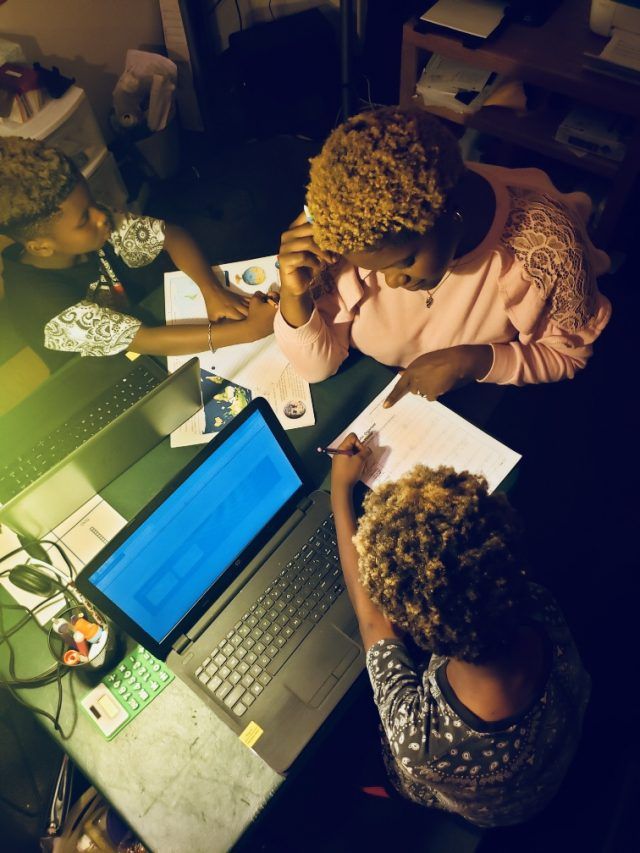

Exploring Different Career Paths: ...
1 Jul 2021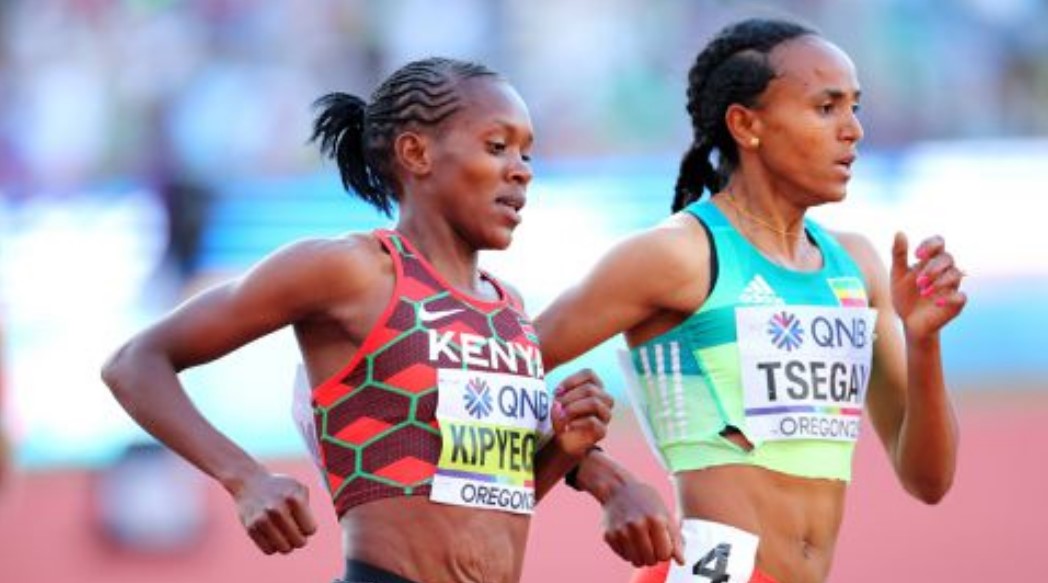
Celebrating Kenya’s Rising Star in ...
5 Oct 2024
The Richest People in the World ...
1 Jul 2021
Empowering Young Explorers through the ...
25 Sep 2024
Celebrating Teachers' Day
6 Oct 2024
Individual Development as the Pathway to ...
5 Oct 2024
Staying Current in a Changing Education ...
15 Oct 2024
Remote Work Trends: Digital Nomads
15 Oct 2024
Standing Up for Justice: Lessons from A ...
17 Jan 2025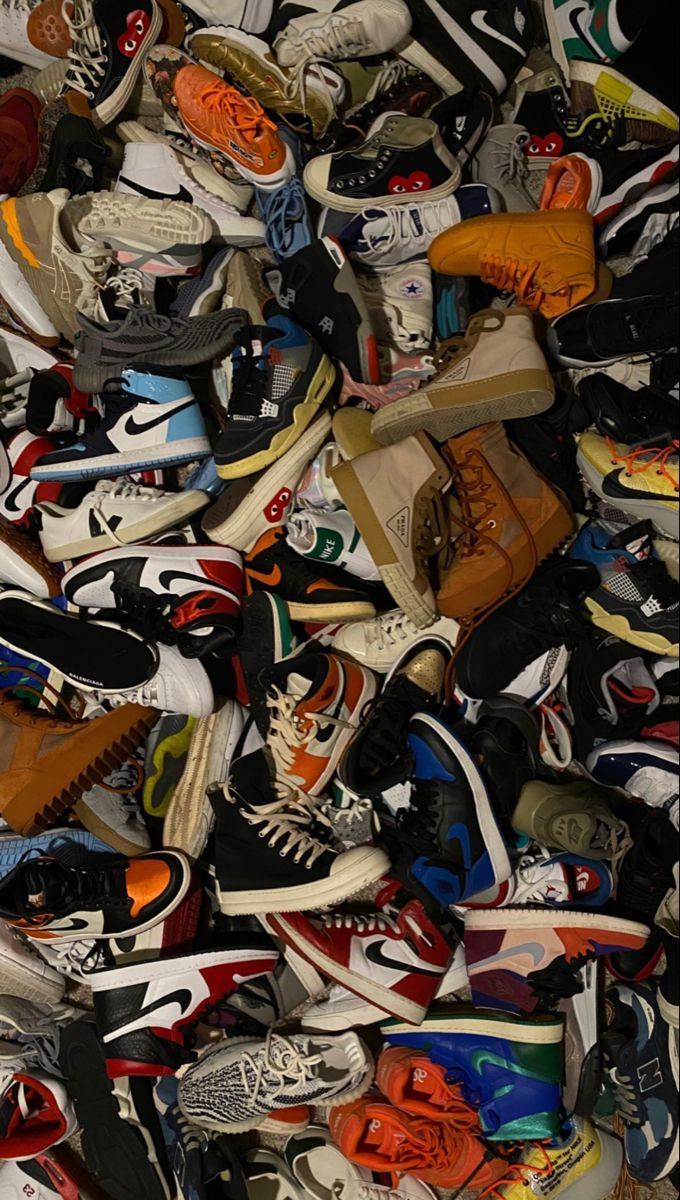
Sneakers: A Lesson in History and ...
17 Jan 2025
Breaking into the World of Data ...
15 Oct 2024
Active vs. Passive Income: Striking a ...
17 Jan 2025
Integrating EdTech for Engaging Lessons
15 Oct 2024
Nurturing Critical Thinking in the ...
15 Oct 2024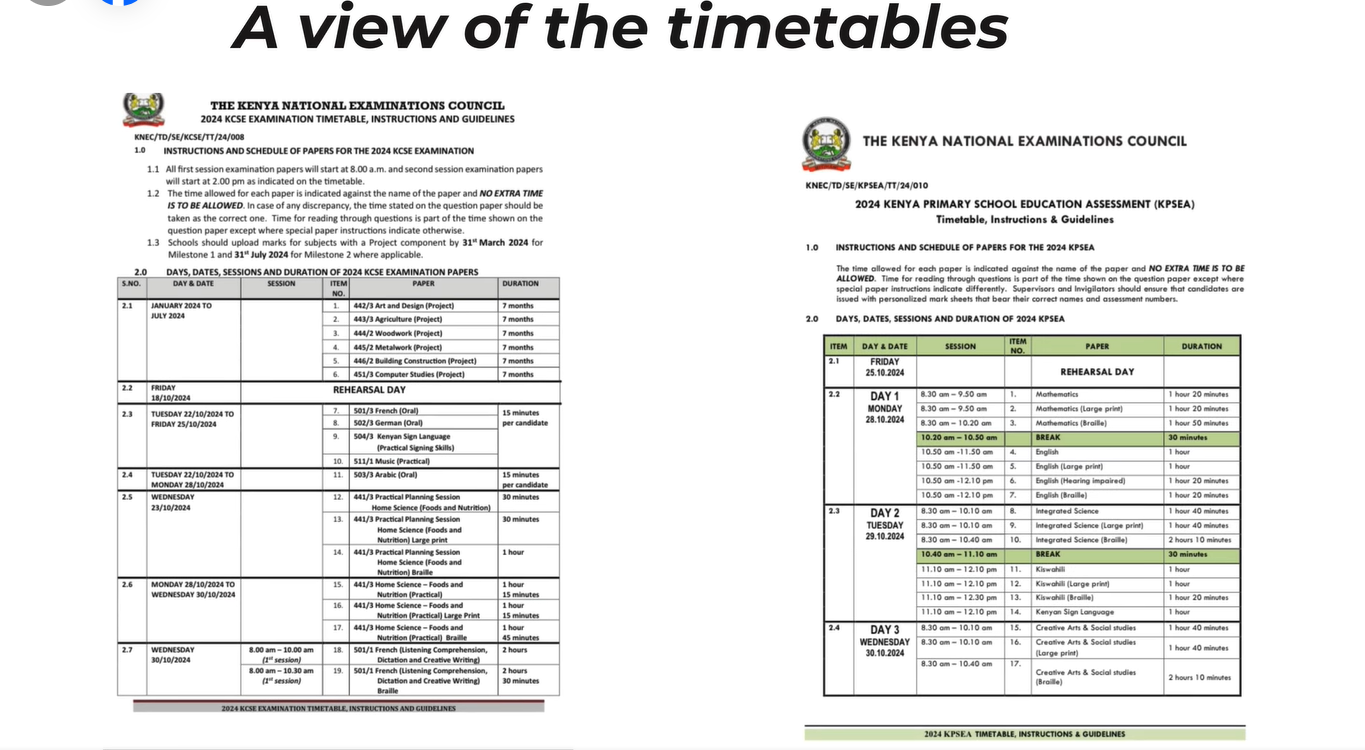
KIPSEA National Timetable for Grade 6 ...
27 Oct 2024
'Kenyan Dress': Embracing Cultural ...
5 Oct 2024
Features of work songs
17 Jan 2025World Oceans Day
5 Oct 2024
Youth Participation in Politics
5 Oct 2024
Egg Chop: Quick, Delicious, and Perfect ...
17 Jan 2025
Cryptocurrency: A High Schooler’s ...
1 Jul 2021
The baobab tree: Kenya’s ancient ...
17 Jan 2025
Why Giving Back Makes You a Better ...
11 Oct 2024
How AI Is Changing the Job Market
15 Oct 2024
Why You Students Should Embrace Digital ...
5 Oct 2024
Mastering Time Management for Career ...
15 Oct 2024
How to Build a Personal Brand That ...
15 Oct 2024
Unlocking the Power of Digital Learning
5 Oct 2024
Sådan finder du balance mellem arbejde ...
23 Oct 2024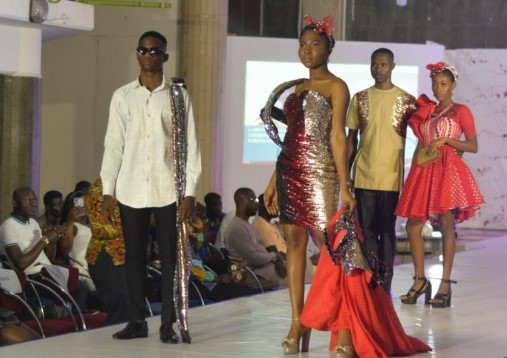
Celebrating Creativity at St. Mary's ...
5 Oct 2024
Exploring the Universe
15 Oct 2024
How Volcanoes Make New Islands
15 Oct 2024
Supporting Students' Mental Well-being
15 Oct 2024
Why Do Birds Fly South in Winter?
14 Oct 2024
The Secret Life of Bees and Why They ...
15 Oct 2024
The Role of Play in Early Childhood ...
15 Oct 2024
Lighting Up the Future
15 Oct 2024
The Science of Rainbows
15 Oct 2024
Toaster
17 Jan 2025
The Great Dinosaur Hunt
15 Oct 2024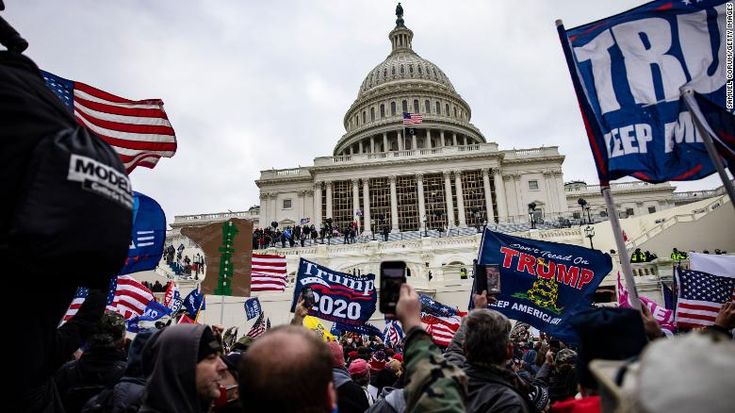
Trump supporters storm the Capitol
17 Jan 2025
Digital Health in a Busy World
17 Jan 2025